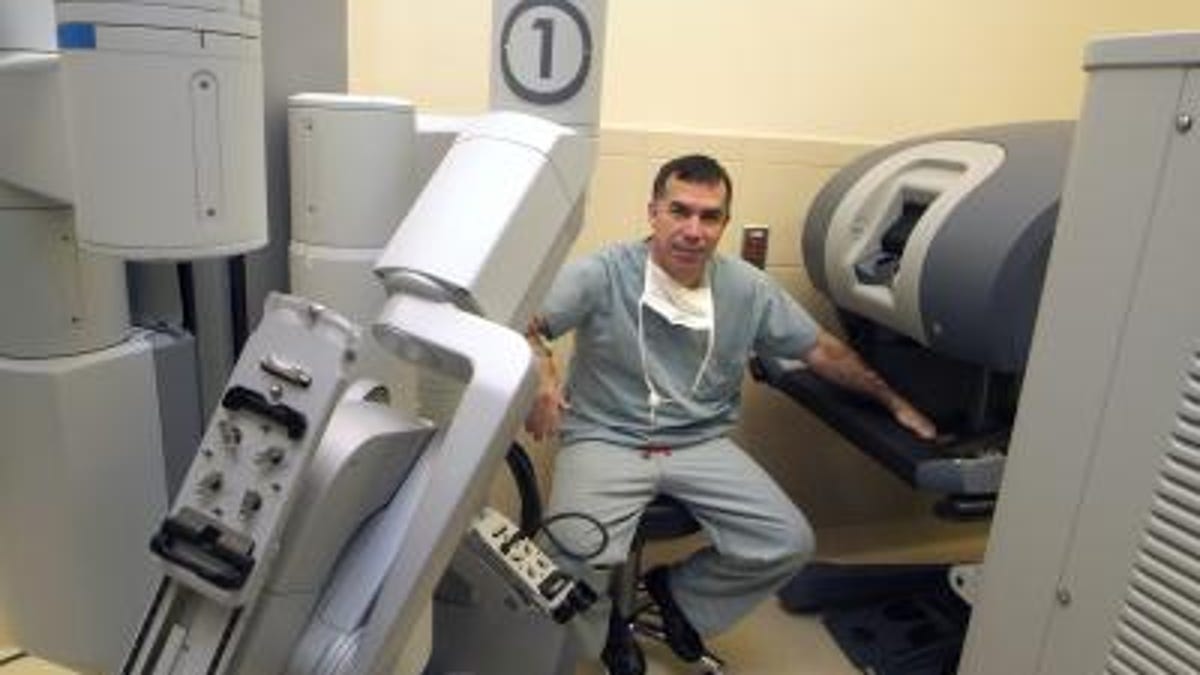Robot cuts the neck scar out of thyroid surgery
Guided by surgeons at a console, the da Vinci Surgical System enables access to the thyroid through the armpit, thereby avoiding the hallmark neck incision.

Guided by surgeons at a console, the da Vinci Surgical System enables access to the thyroid through the armpit, thereby doing away with the neck incision that has led to the hallmark scar of thyroid surgery, a team of surgeons in Georgia and Texas says.
The group adds that the robots first helped revolutionize urologic and gynecologic surgery in recent years, and that the thyroid gland--roughly the size of a kiwi that sits beneath the Adam's apple--can be accessed without too much trouble through the armpit.
The thyroid controls the body's metabolic rate, and diseases both benign and cancerous can cause it to double in size. Although the armpit is obviously further from the thyroid than the neck, when the arm is raised, the path to the thyroid is straightforward and made easier by the 3D visualization and maneuverability of the robot. The incision is 2 inches to 3 inches long but is well-hidden, compared to the smaller incision typically made on necks.
"The robot is what makes it possible to easily--and safely--do the work from that distance," said David Terris, professor and chairman of the Medical College of Georgia Department of Otolaryngology-Head and Neck Surgery. "In my opinion, if you are committed to not having a neck scar, this is the best way to do it."
Alongside Dr. F. Christopher Holsinger at the University of Texas MD Anderson Cancer Center and Dr. Ronald B. Kuppersmith at the Texas A&M Health Science Center, Terris explained the robotic technique in the current print edition of Otolaryngologic Clinics of North America.
Terris initially called for this approach in 2004, after comparing five minimally invasive approaches in pigs. While acknowledging that the armpit approach is more work, he is now able to complete the procedure in less than two hours, compared to less than an hour via a neck incision.

